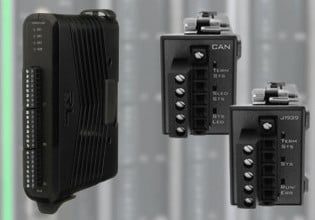E
Dear Experts
First of all, I am sorry for my english, I am not fluently. Right now, we operate some of GE Frame 9 Power plants, we have some difficulities in doing preventive maintenance, until right now, (except when we do periodic maintenance), we just did breakdown maintenance when spark plug in trouble.
How can we do some good preventive maintenance about it?
Thank u
First of all, I am sorry for my english, I am not fluently. Right now, we operate some of GE Frame 9 Power plants, we have some difficulities in doing preventive maintenance, until right now, (except when we do periodic maintenance), we just did breakdown maintenance when spark plug in trouble.
How can we do some good preventive maintenance about it?
Thank u






